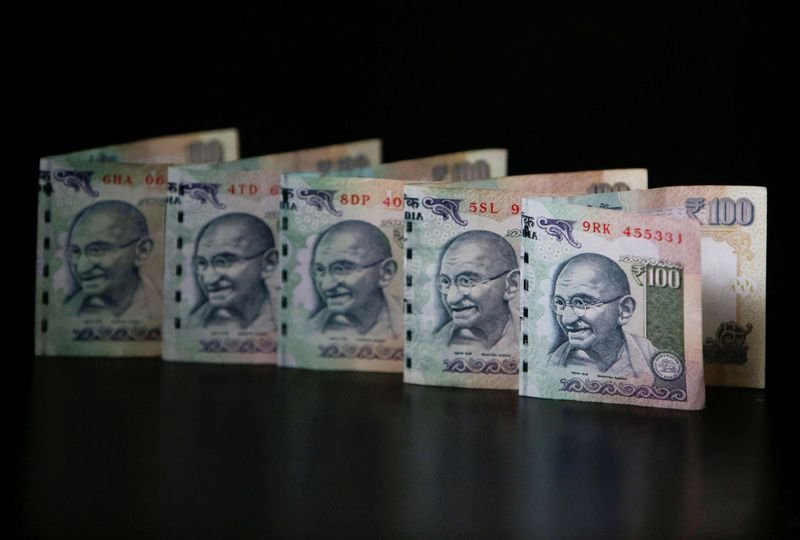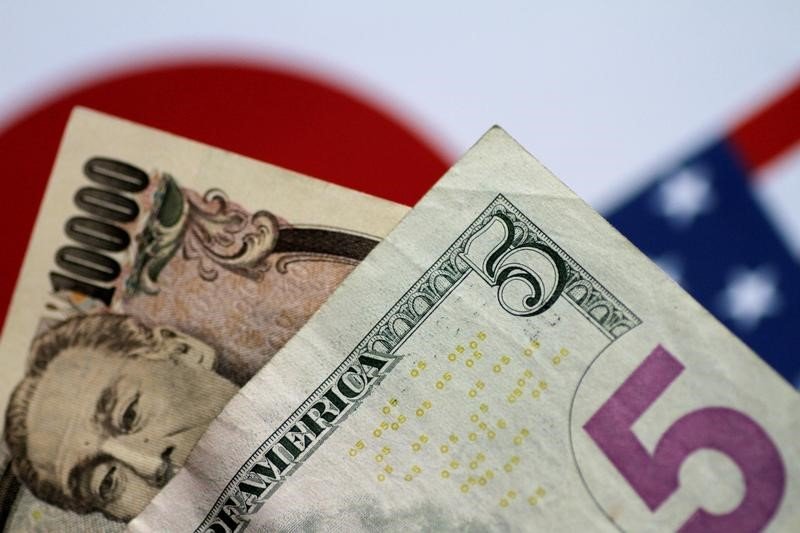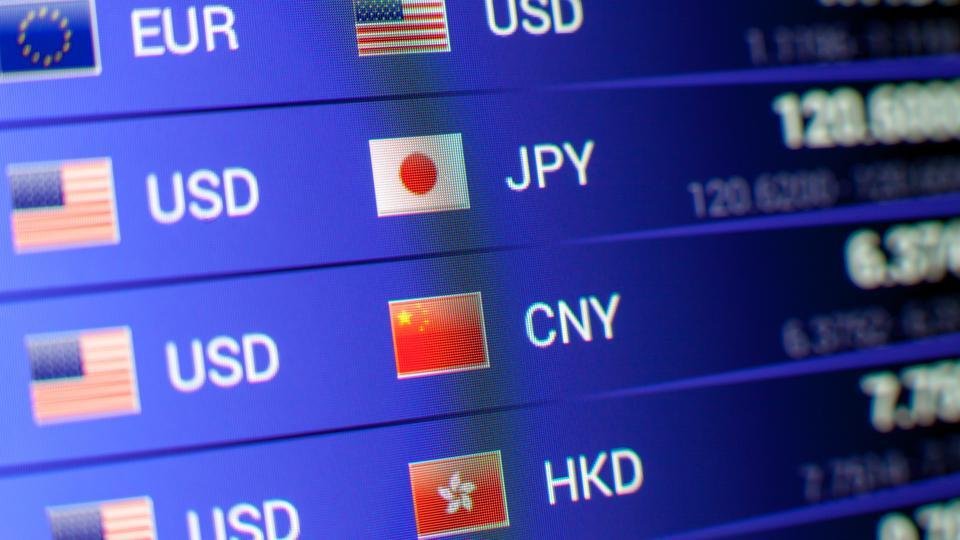By Jaspreet Kalra and Nimesh Vora
MUMBAI (Reuters) – A lack of arbitrage opportunities and narrow price action are prompting bankers to scale back on their activities in the Indian rupee forwards market, leading to a drop in volumes.
Volumes between banks in the dollar-rupee forward market dropped 36% in the April-June period from the previous quarter, according to CCIL data. Volumes were marginally up in the same period last year.
Volumes between banks in the dollar-rupee forward market dropped 36% in the April-June period from the previous quarter, according to CCIL data. Volumes were marginally up in the same period last year.
The dollar-rupee forward premium market is used by companies to hedge their future foreign currency receivables and payments. Banks have dedicated desks to manage the risk passed on by companies.
The scant arbitrage opportunities between the local over-the-counter market and non-deliverable forwards amid a rangebound rupee and muted volatility in forwards are largely responsible for the drop in volumes, bankers said.
“There is no juice in the market and client flows have reduced considerably (amid rangebound spot and forwards),” said Apurva Swarup, vice president at Shinhan Bank India.
The 1-year implied yield on the dollar-rupee forward was in a 15-basis points (bps) range in the April-June period, compared with about a 40-bps band in each of the previous two quarters.
“When there is this little movement, the risk appetite of banks increases. This leads to client flows being absorbed by them instead of being sent to the market,” a senior banker at a mid-sized foreign lender said.
Trading in the forwards market has moved away from “constant volumes” to “pockets of action” during the day, with market participants raising the size of their positions to capture profits, he said.
The bid-offer spread on forward premium quotes has narrowed amid the subdued price action.
The current low volatility period in rupee forwards is setting it up for a large breakout, which may have implications for the dollar-rupee spot rate, a swap trader at a bank said.
Trading activity may pick up once the Federal Reserve begins cutting rates later this year, Swarup said.
Investors currently expect the U.S. central bank to start easing rates in September.
(This story has been refiled to correct a spelling error in paragraph 13)
(Reporting by Jaspreet Kalra, Nimesh Vora; Editing by Sohini Goswami)







